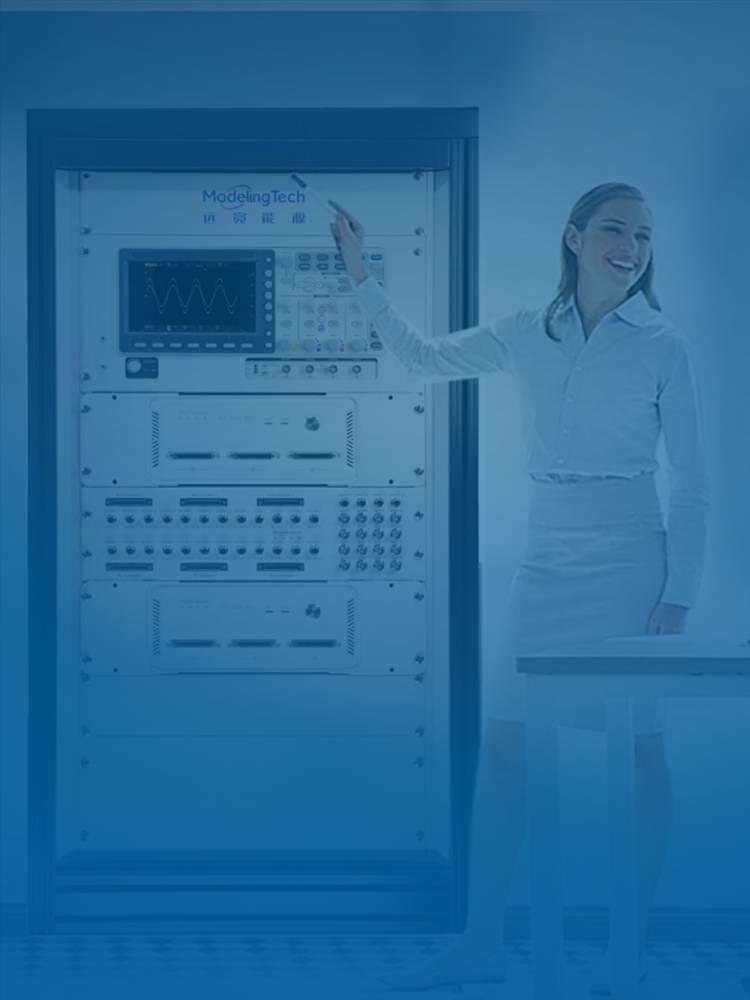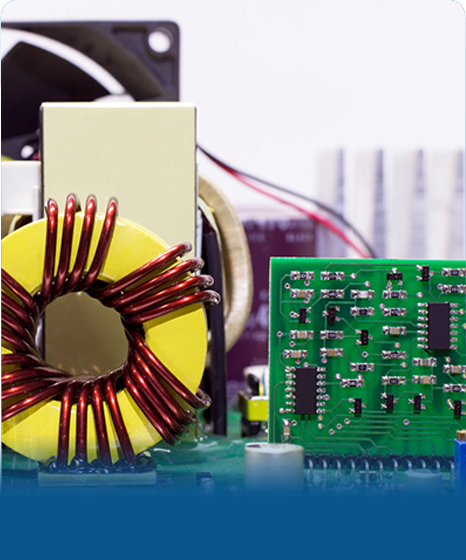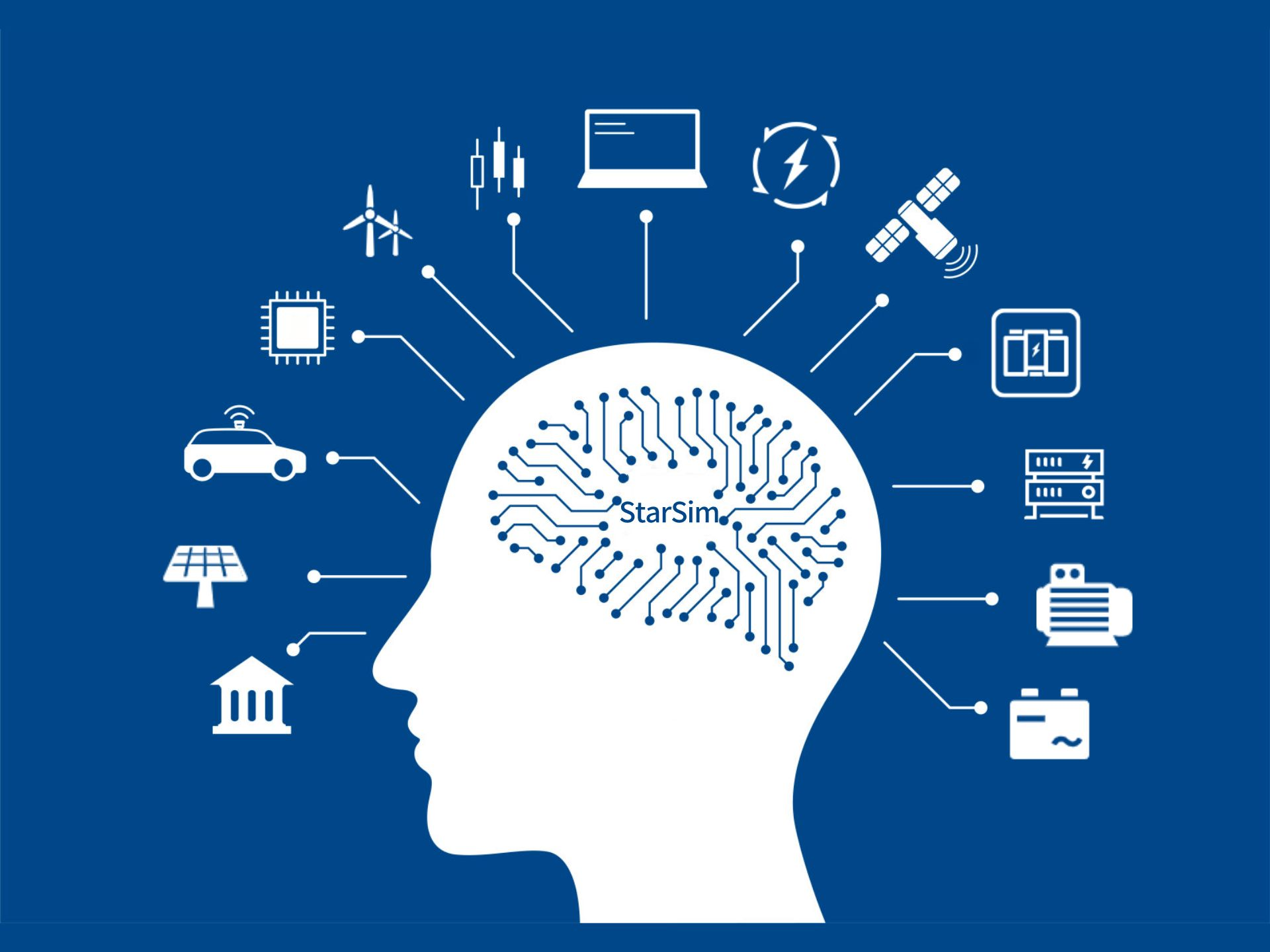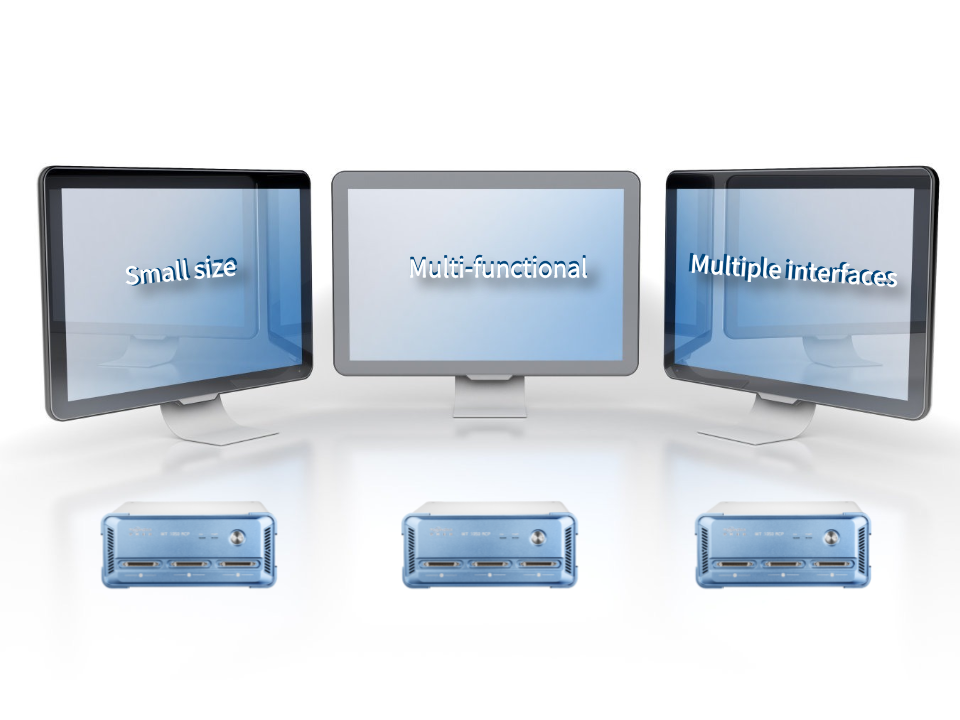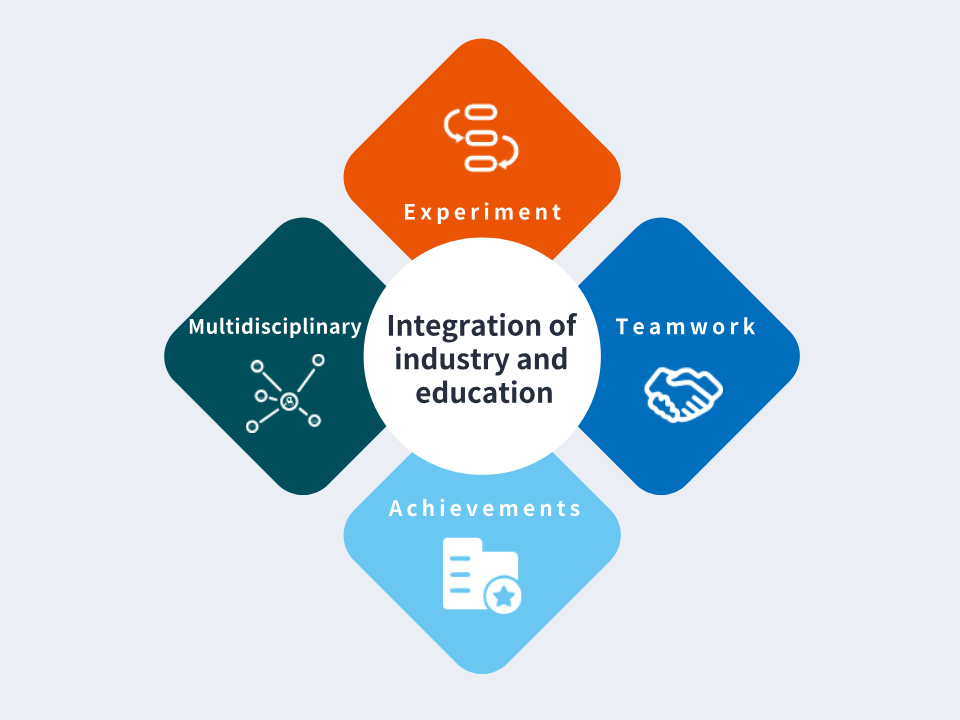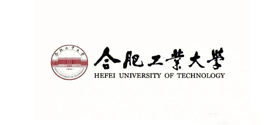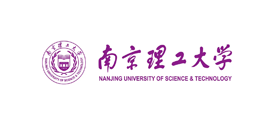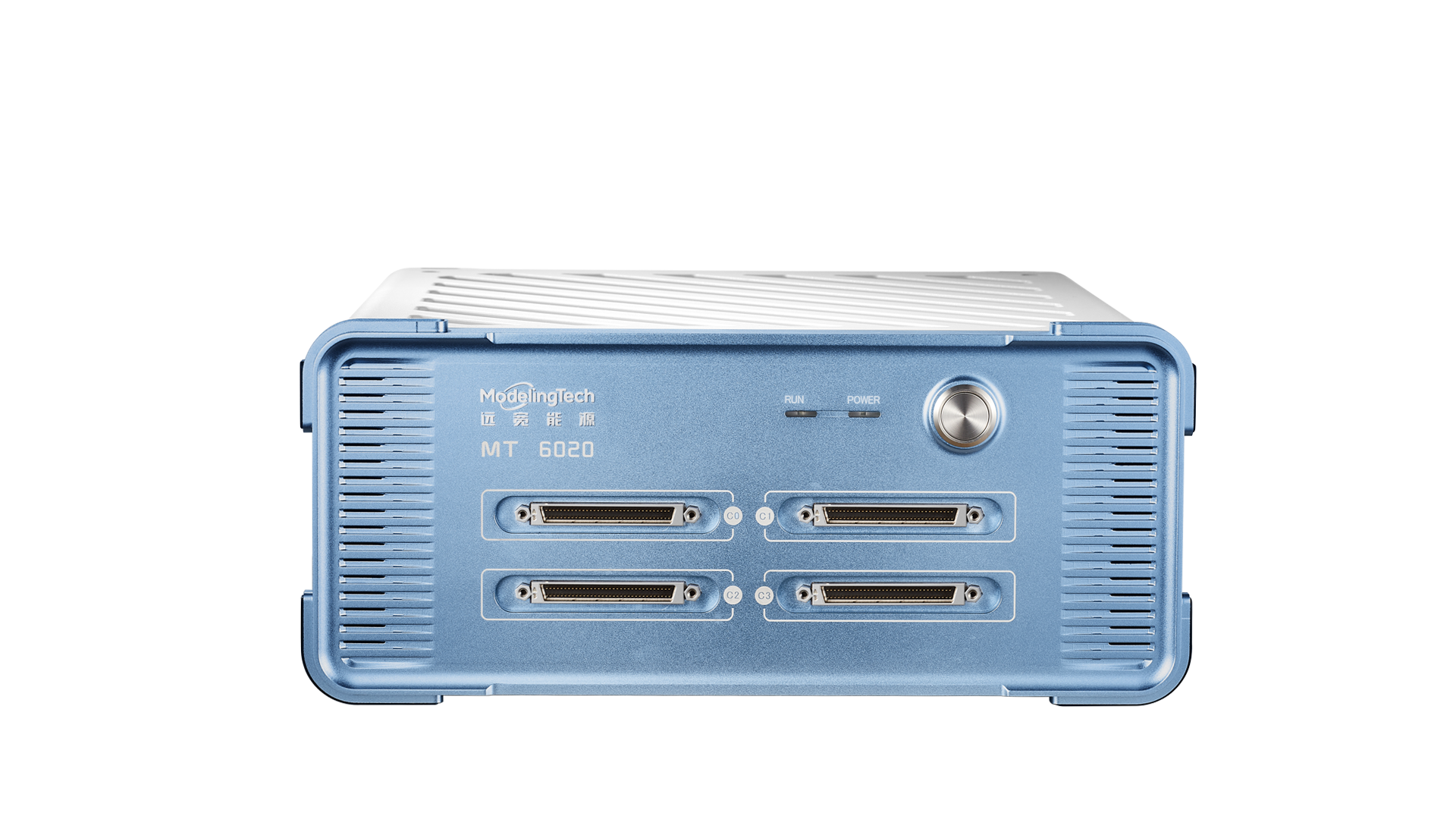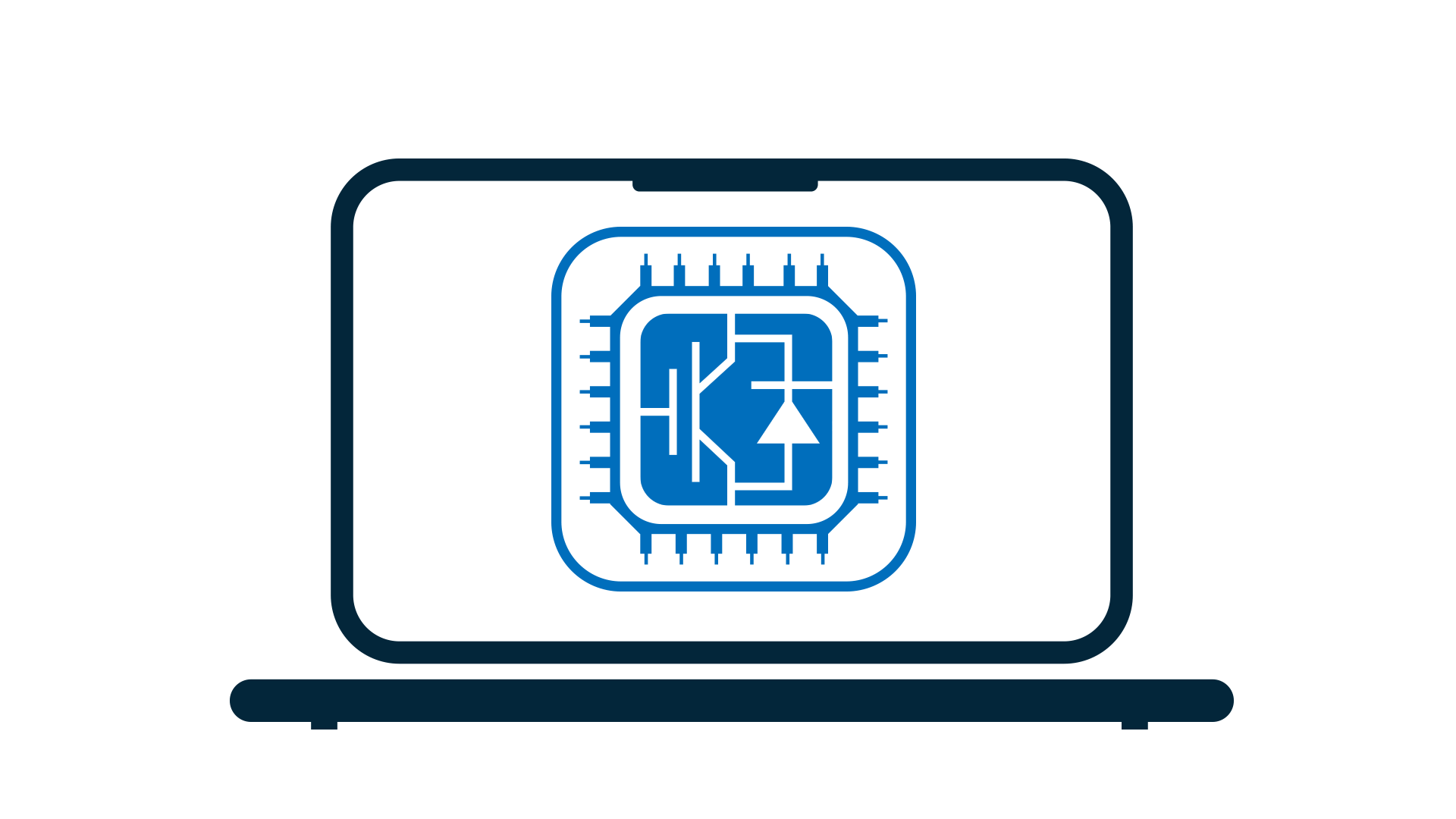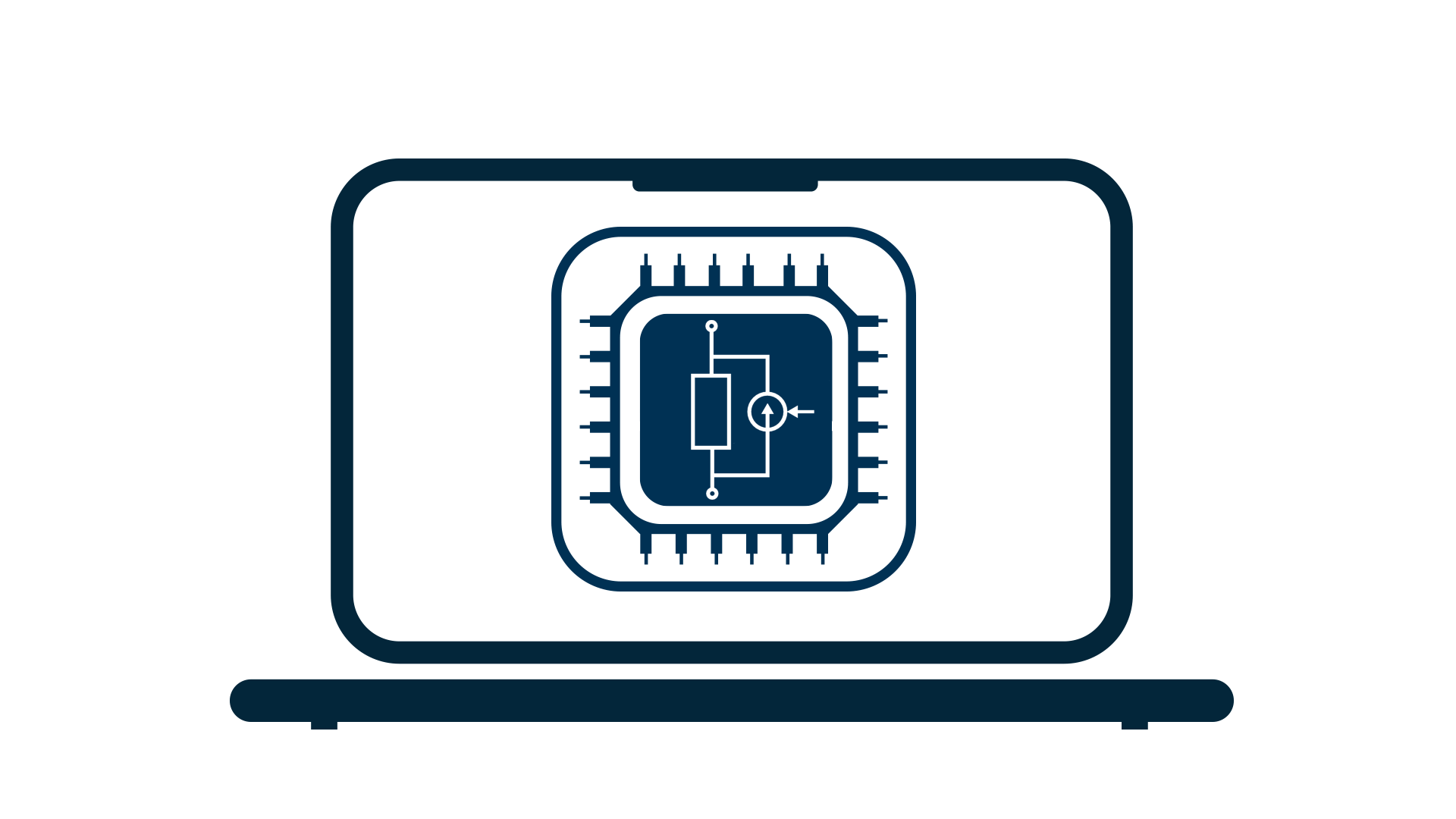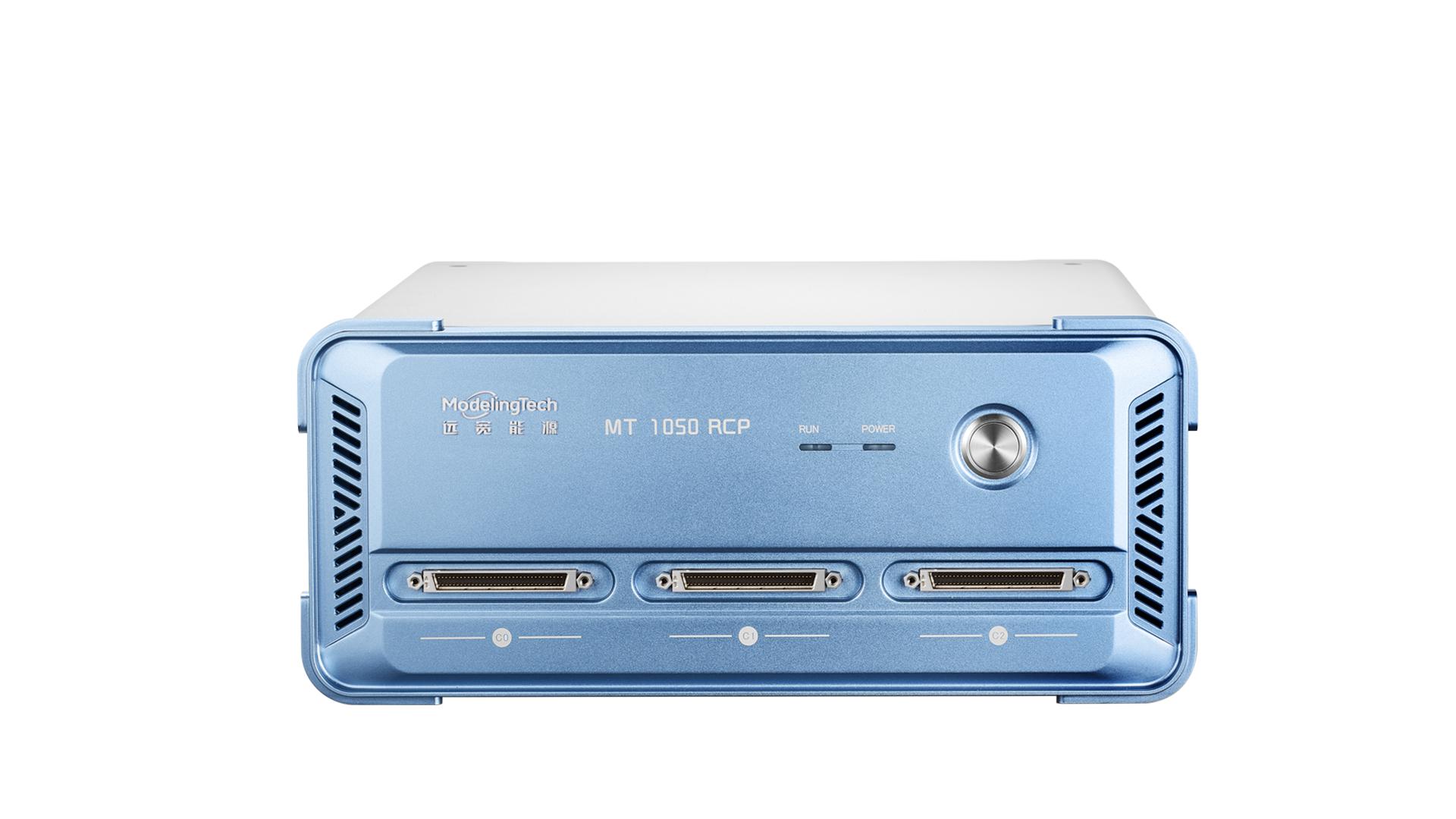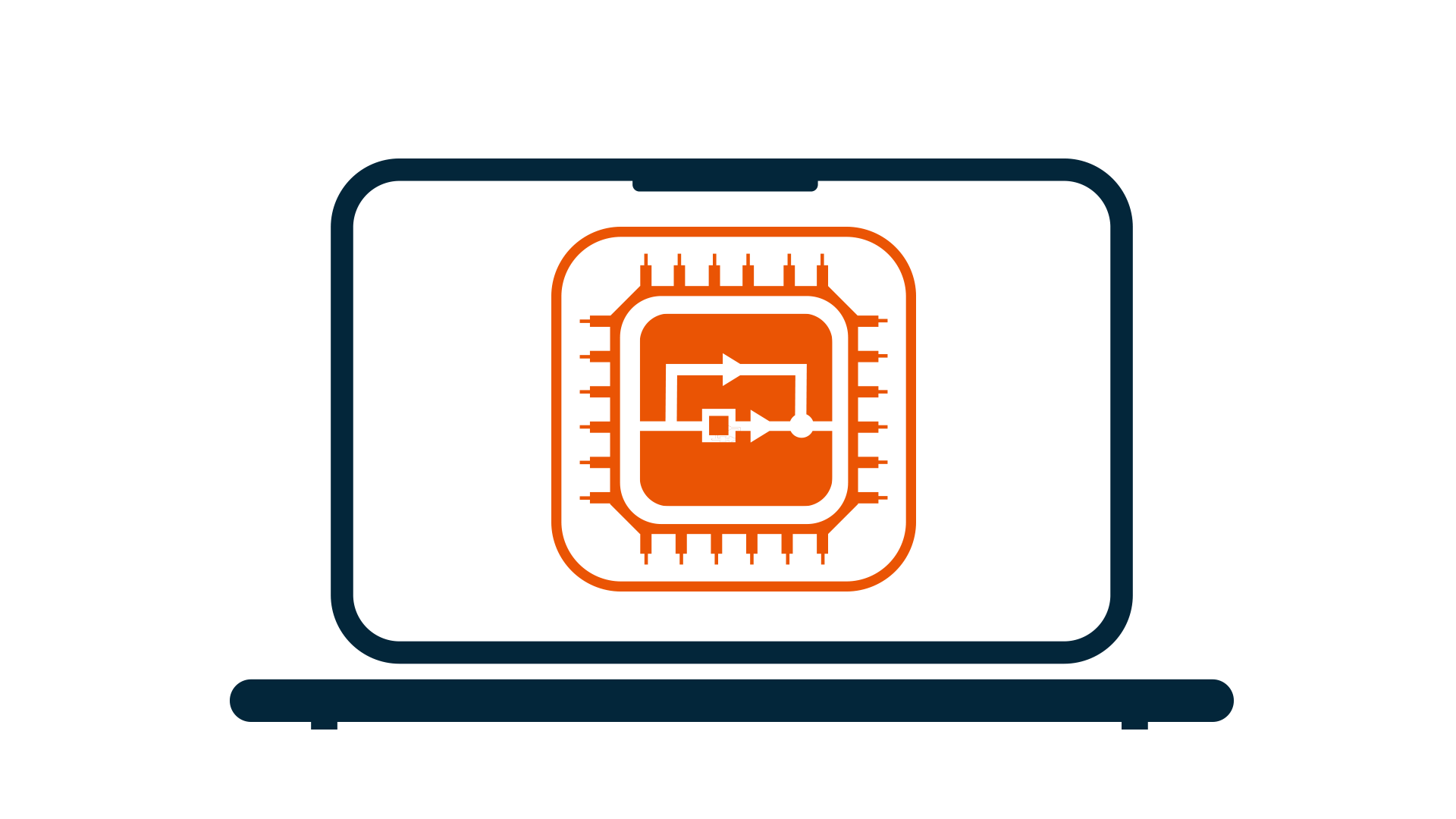In current higher education, there is an increasing emphasis on cultivating students' practical abilities, and experimental education has become a crucial part of science and engineering education. However, with the increase in disciplinary experimental projects and the number of students, traditional electrical laboratories and experimental instruments struggle to meet the requirements of teaching, research, and practical needs. Specifically, the rigid experimental equipment limits the ability to improve and update the experimental content on the existing platforms, resulting in poor flexibility and an inability to foster students' hands-on skills, design abilities, and innovation capabilities.
As the demands for laboratory platform construction continue to rise, the solution of integrating simulation technology with physical platforms in the new generation of laboratory construction has gradually been applied in various domestic universities.

 Technology
Technology

 User Cases
User Cases



































